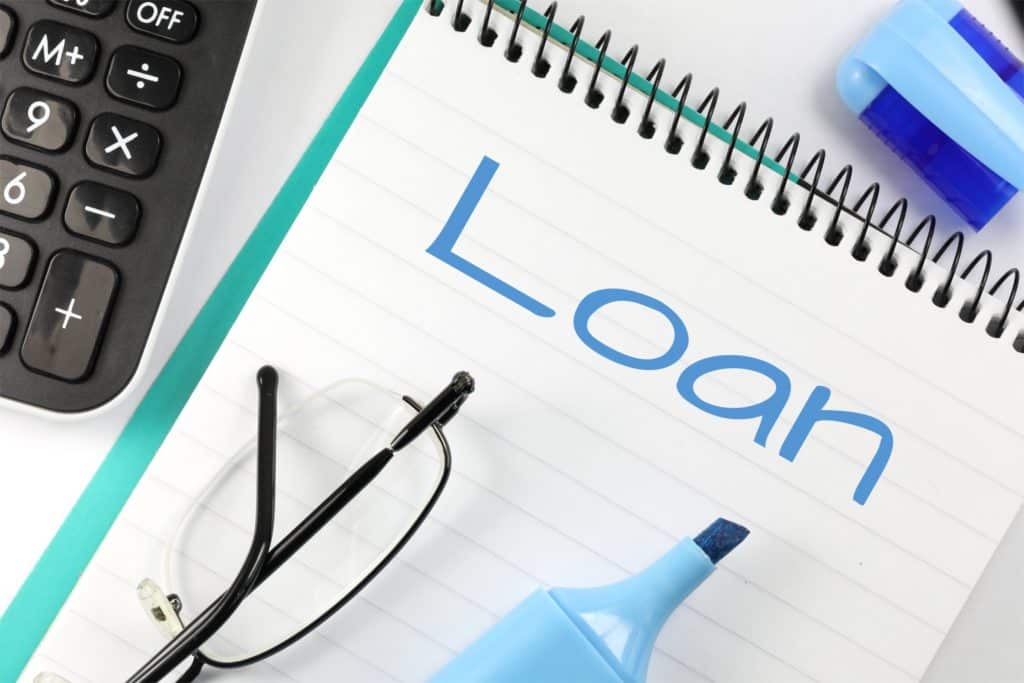The cryptocurrency space has grown significantly over the past year, and new traders enter this space every week. As a new trader, it is easy to get overwhelmed by the sheer size of the over $1 trillion market. However, with a proper guide, you are assured of having an easy time cruising the market and investing in different cryptocurrencies.

The first step toward crypto investing is identifying where you will buy and sell cryptocurrencies. The best place to do this is on a cryptocurrency exchange. There are many cryptocurrency exchanges globally, below I have sourced a list of the 3 best crypto exchanges for 2022 from the Best Bitcoin Exchange website.
1. Coinbase – Best for beginners
If you have been researching where to trade cryptocurrencies, you have come across Coinbase. Coinbase is one of the largest exchanges, and it is ranked as the most suitable for beginner traders.
Coinbase boasts of the best user-friendly crypto apps on the market, and it gives traders access to a wide range of learning materials. As a new crypto trader, it is advisable to use the resources provided on the platform because they will teach you about best practices in the market. The best thing about this is that Coinbase gives you free crypto for every successful course taken.
Coinbase also makes it easy for new users to enter the space. The interface will give new users a seamless experience navigating the platform and managing their cryptocurrencies. Expert traders also have an easy time on the platform because they can access advanced trading features on Coinbase Pro.
Most importantly, Coinbase provides a high level of security. The exchange uses two-factor authentication to prevent unauthorized access to user accounts. The exchange also claims to store 98% of users’ crypto offline. Further safety is guaranteed by an insurance policy that covers deposits of up to $250,000.
2. Binance – Best for low fees
When trading cryptocurrencies, you might want assurances that you will not be spending most of your money paying trading fees. Looking for a good exchange platform best for trading with the lowest fees is especially important for day traders.
Binance is the world’s largest exchange by trading volumes. The exchange has one of the friendliest fee structures in the crypto space. Moreover, the exchange is available in most countries.
Binance charges a maximum of 0.1% in maker or taker fees. The fee drops even lower as a user increases their trading volume. Binance US is highly recommended to US residents because they can buy cryptocurrencies directly via USD.
The exchange also offers a wide range of features that are very convenient to traders. These features include a comprehensive market dashboard, margin trading and a wide range of order types, making it easy for traders to buy and sell on the platform.
3. Gemini – Best for security
The Gemini exchange was created in 2014, during the early years of Bitcoin. The founders of this exchange have been keen on security and regulatory compliance. When signing up on Gemini, a new user must complete a verification process that reduces the possibility of fraud.
Users on this exchange also fulfil a two-factor authentication process to secure their trading accounts. Another outstanding security feature is the insurance policy imposed on hot wallets holding user funds on the exchange.
The other unique security feature of this exchange is SOC 2 certification. This certification shows that the exchange’s regulatory and security frameworks have been verified by third-party auditors.
Gemini is the ideal platform for users keen on security or those trading a large amount of funds that pose an increased risk. However, Gemini charges relatively high fees as a trade-off for these security features.
Conclusion
Choosing the best cryptocurrency exchange is just as good as choosing the best trading strategies. With many exchanges in the market, it is important to select one that will best suit your needs as an expert or beginner trader.








